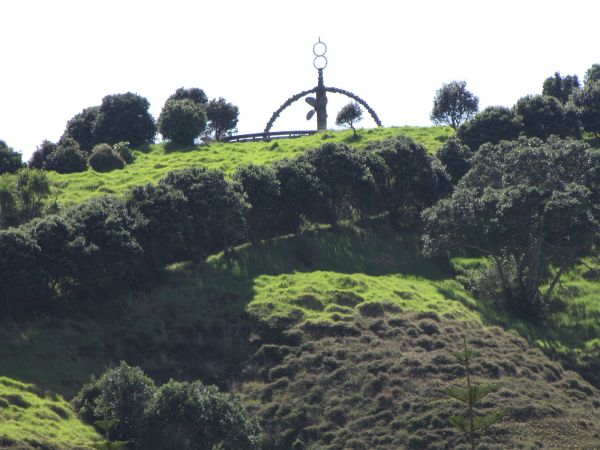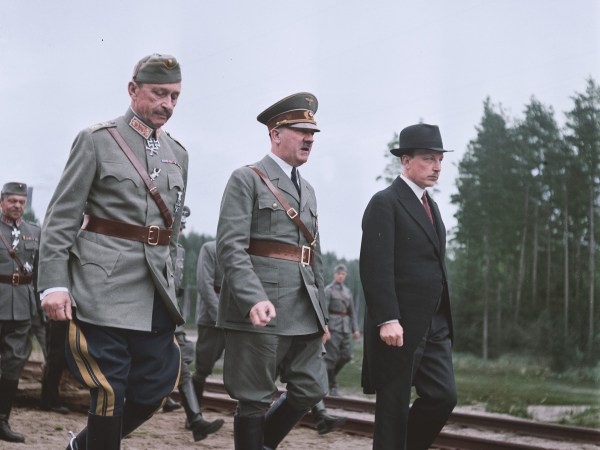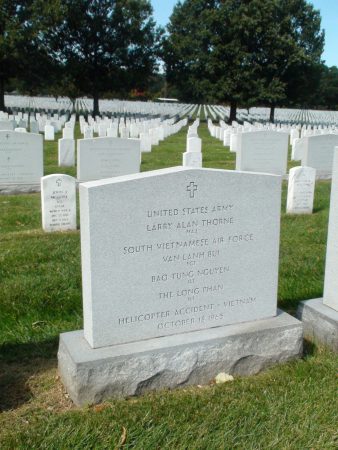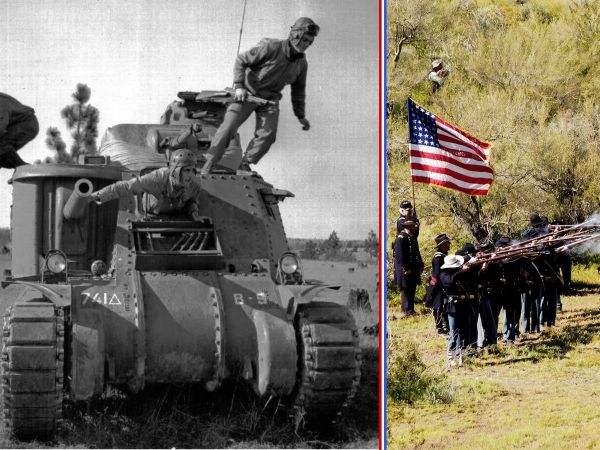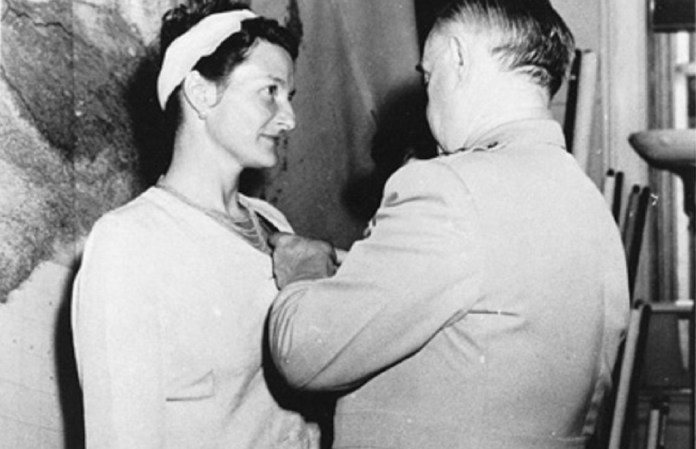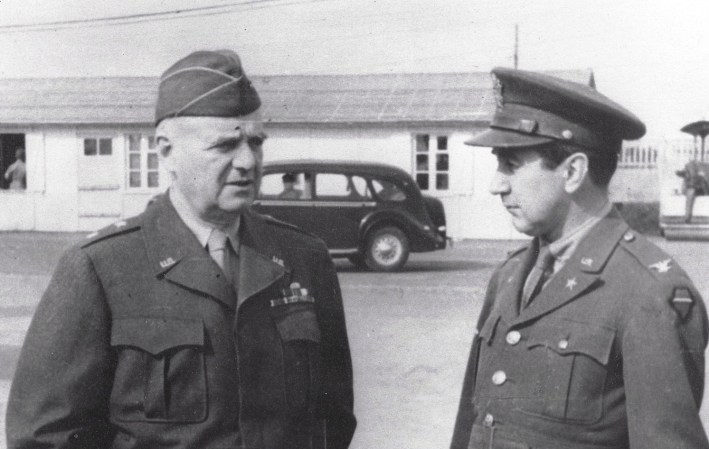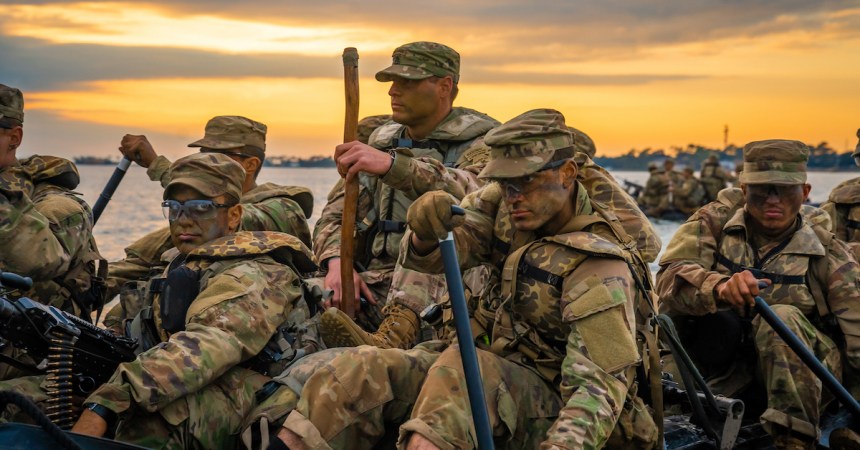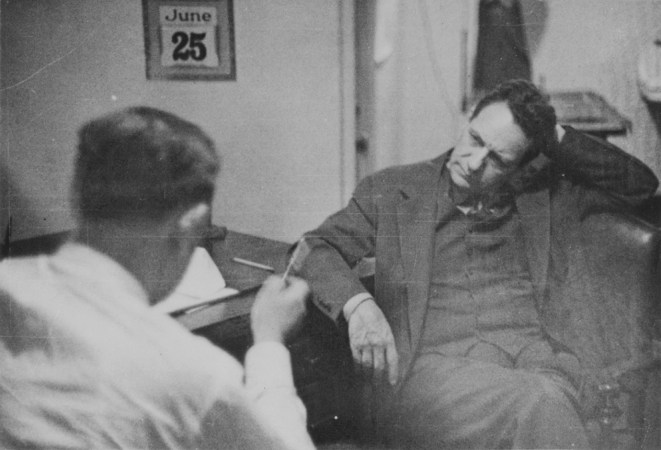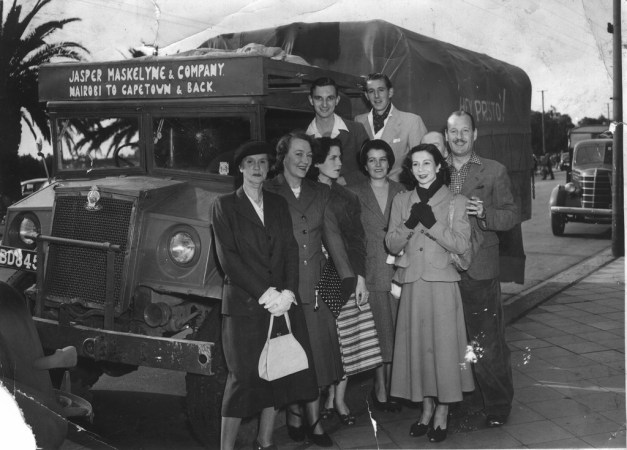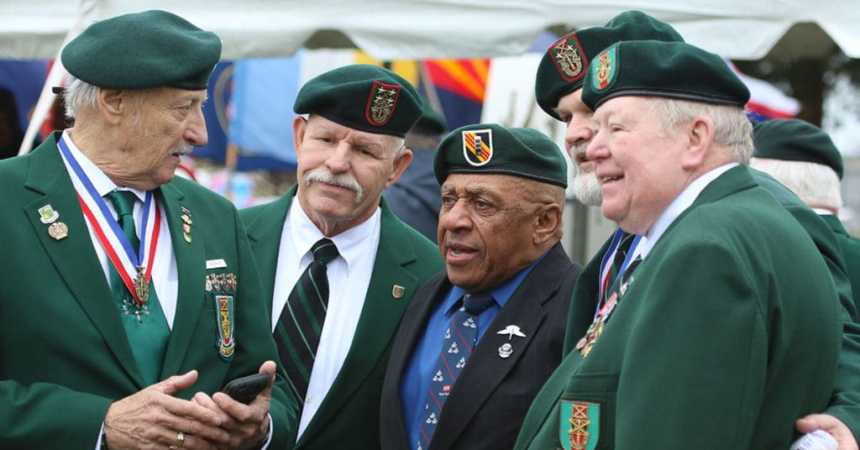U.S. intelligence before World War II was fragmented and ad hoc, comprised of numerous government and military entities all loath to share their information with each other. With the events transpiring across the globe in the 1930’s, President Roosevelt became concerned about the United States’ deficiencies in the intelligence field. Enter William Donovan.

Col. William “Wild Bill” Donovan was a well-respected lawyer and veteran of the First World War, in which he earned the Medal of Honor, Distinguished Service Cross, and three Purple Hearts. Between the wars, he traveled extensively and met with many foreign dignitaries, however, his chief concern was on establishing the American equivalent of Britain’s intelligence services, MI6, and the Special Operations Executive. His extensive travel and ideas earned him the respect and friendship of President Roosevelt, and when the President established the Office of the Coordination of Information he named Donovan the director.
Donovan immediately set to work untangling the bureaucratic mess that was the American intelligence services. It was much more complicated than he anticipated. He met hostility over jurisdiction with numerous people, most notably J. Edgar Hoover of the FBI. During this time, the majority of intelligence for the Office of the Coordination of Information came from the British, as did the training for the new operatives. After the attack on Pearl Harbor, it became clear that the United States needed a greater intelligence capacity. To accomplish this, President Roosevelt issued a presidential military order on June 13, 1942 creating the Office of Strategic Services with the mission of collecting and analyzing strategic information for the Joint Chiefs of Staff and to conduct special operations not assigned to other agencies. William Donovan was reactivated in the U.S. Army at his World War I rank of Colonel and put in charge of the organization.
Now that Donovan had his intelligence agency, he needed to fill the ranks. With no prior experience to draw on, he and those he recruited would be starting essentially from scratch. However, Donovan was given just the right man for the job in one Lt. Col. Garland Williams, a successful law enforcement officer and officer in the Army Reserve. Williams took Donovan’s intent to create an American intelligence service based on the British models and made it uniquely American – though he would require British help to get started. It was decided the OSS would be responsible for intelligence and counter-intelligence, psychological warfare, and guerrilla and irregular warfare, to include sabotage and most importantly coordinating resistance movements with each area of responsibility handled by a specialized branch. Once the training areas, National Parks outside Washington, D.C., were established and trainers were in place Williams set about creating a curriculum to train the new operatives.
Williams broke down the training into three phases; preliminary, basic, and advanced. Preliminary training was what Williams called a “toughening up” phase and included PT, obstacle courses, road marches, hand-to-hand combat and weapons skills that were designed to weed out the unqualified and to help identify the particular skills of those who passed for their branch assignment within the OSS. The basic phase introduced many special topics for students such as intelligence gathering, target identification, and sabotage. But most importantly, according to Lt. Col. Williams, in these phases the students “will also be physically and mentally conditioned during these two courses for the aggressive and ruthless action which they will be called upon to perform at later dates.” A park superintendent who monitored the OSS training area referred to the training as “a stomach-turning roughhouse” and was thoroughly appalled by what he witnessed.

Once the students had passed preliminary and basic operator training they moved on to the advanced training. This training involved what Lt. Col. Williams referred to as “schemes” – mock attacks on real targets in the U.S. Teams of students would be assigned missions against bridges, railroads, and plants in areas such as Baltimore and Pittsburgh in which they were instructed to infiltrate secure locations and plant fake explosives or to recover some kind of sensitive data. Most of these missions were completed successfully however a few teams were arrested by local police or the FBI.

Throughout the operators’ training, the emphasis was always on independent thinking, initiative, resourcefulness, personal courage, and building confidence. Military discipline took a back seat to the need for candidates to become individual fighters and guerrilla warriors as opposed to soldiers who needed orders to operate. Col. Donovan even stated, “I’d rather have a young lieutenant with guts enough to disobey an order than a colonel too regimented to think and act for himself.”

Once the operatives completed training they were shipped to war zones all over the world where they conducted irregular warfare, sabotage, and direct action missions behind enemy lines in Operational Groups, a predecessor to modern Special Forces ODA’s, or in the more famous Jedburgh Teams. However, despite the support of Gen. Eisenhower, President Truman disbanded the Office of Strategic Services in October 1945 but its legacy and missions would live on.
Two years after the dissolution of the OSS, the Central Intelligence Agency was formed to take up many of its former missions and to establish their training curriculum the CIA used everything the OSS has created. A short time later the U.S. Army formed the Special Forces which took up the missions of irregular warfare and foreign internal defense. There are still visual cues that persist in the military today too such as the U.S. Special Operations Command shoulder sleeve insignia, nearly identical to the OSS patch, as well as the Fairbairn-Sykes Fighting Knife emblem on Delta Force’s shoulder sleeve insignia. Though the OSS was a fledgling intelligence service at the outset of World War II, it set the stage for the strongest clandestine services in the modern world.




